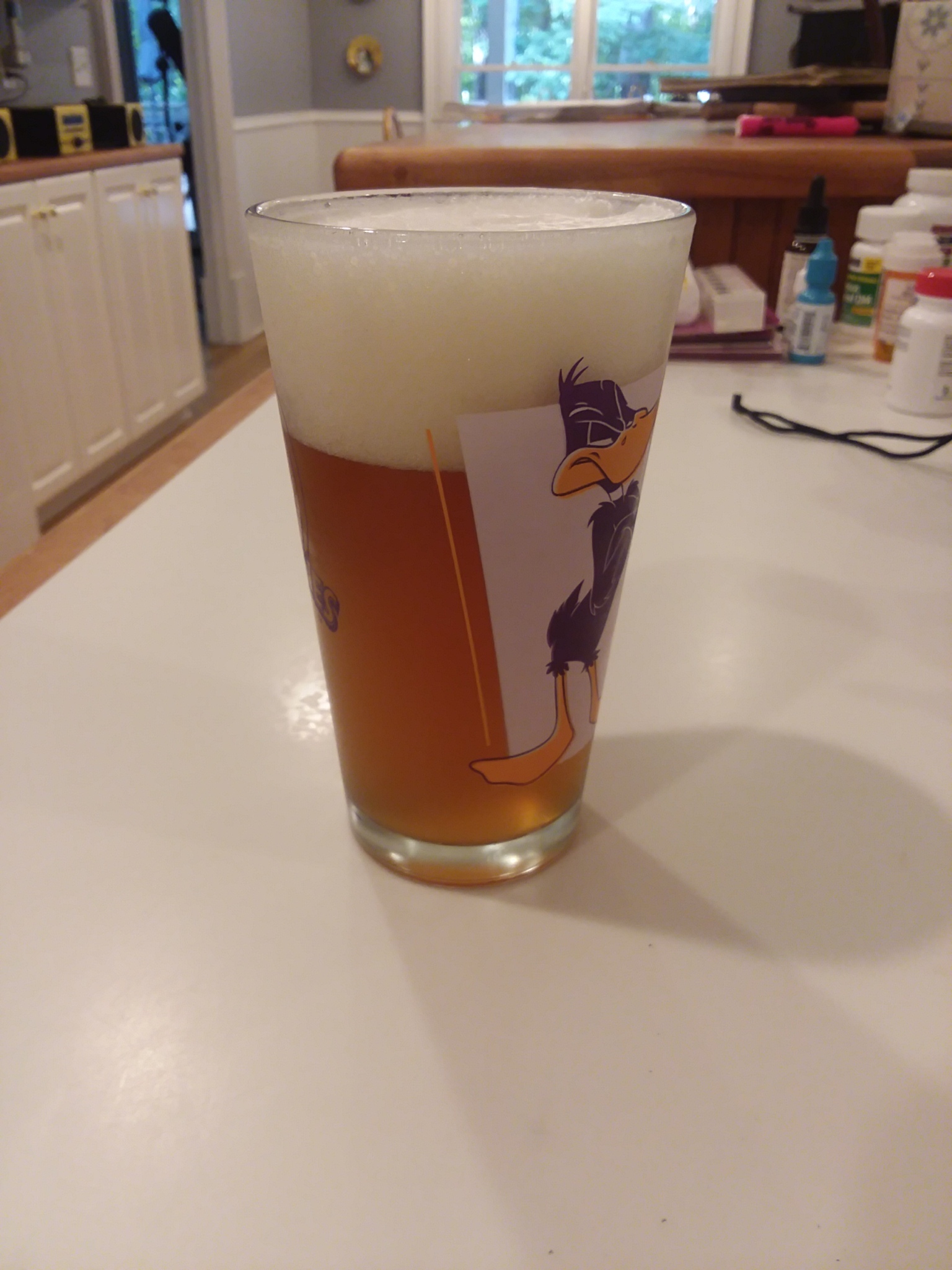captaincoffee
Member
- Joined
- Jan 20, 2013
- Messages
- 8
- Reaction score
- 0
That looks just like the NEIPA I recently made with Viking 2-row, flaked oats, and wheat malt. Came out super-dark with only 60% efficiency. I doubt I'll buy again after this bag.View attachment 625662
This is a (5 gallon batch) beer made from 8 1/2 lbs Viking Pilsen and 2 lbs Viking Vienna. Looks like an amber!




















![Craft A Brew - Safale BE-256 Yeast - Fermentis - Belgian Ale Dry Yeast - For Belgian & Strong Ales - Ingredients for Home Brewing - Beer Making Supplies - [3 Pack]](https://m.media-amazon.com/images/I/51bcKEwQmWL._SL500_.jpg)










































